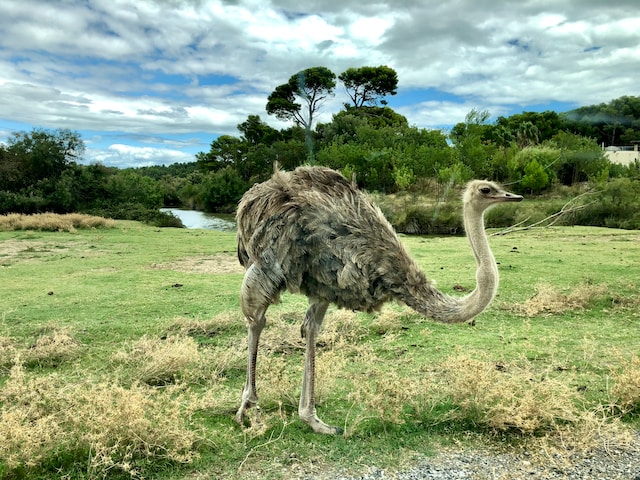As humans, we have long been fascinated by the cunning and mysterious nature of foxes. From ancient folklore to modern media, foxes have been portrayed in various ways, often shrouded in myths and misconceptions. However, it’s essential to separate fact from fiction and gain a deeper understanding of these remarkable creatures.
Myth #1: Foxes are Cunning and Sly Animals
One of the most common myths about foxes is that they are cunning and sly animals. This portrayal has been perpetuated in literature, fables, and media, where foxes are often depicted as clever tricksters. While it’s true that foxes are highly adaptable and intelligent animals, studies have shown that their behavior is not solely driven by cunning or deceit. Foxes are simply employing their natural instincts for survival and are adept at finding food, shelter, and avoiding predators.
Myth #2: Foxes are Dangerous to Humans and Livestock
Another prevalent myth about foxes is that they pose a danger to humans and livestock. However, foxes are generally shy and elusive animals that prefer to avoid human contact. Instances of foxes attacking humans or livestock are extremely rare and usually occur when a fox feels cornered or threatened. In fact, foxes are beneficial to farmers as they help control populations of small mammals and insects, which can damage crops.
Myth #3: Foxes are Only Found in the Countryside
Foxes are often associated with rural areas and countryside habitats. However, foxes have proven to be highly adaptable and can thrive in various environments, including urban areas. As cities expand and encroach upon natural habitats, foxes have learned to adapt and find food and shelter in urban landscapes. This has led to an increase in urban fox populations in many parts of the world.
Myth #4: Foxes are Destructive Pests
Foxes are sometimes considered pests due to their scavenging behavior and occasional raiding of trash bins. However, this does not make them inherently destructive. Like many other animals, foxes are opportunistic feeders and will scavenge for food when it’s readily available. With proper waste management and securing of food sources, conflicts between foxes and humans can be minimized.
Myth #5: Foxes are a Threat to Native Wildlife
There is a common misconception that foxes are a threat to native wildlife, particularly bird species. While foxes are indeed predators and may prey on small mammals and birds, scientific research suggests that they play a minor role in declines of bird populations. Other factors, such as habitat loss, climate change, and human activity, have a much greater impact on native wildlife populations.
Debunking these myths is crucial to gaining a better understanding of foxes and their behavior. It’s important to approach foxes with factual information and dispel misconceptions that may lead to unnecessary fear or harm towards these animals. As responsible journalists, it is our duty to provide accurate and reliable information to the public, backed by scientific research and expert sources.
In conclusion, foxes are fascinating and complex creatures that have often been misunderstood due to myths and misconceptions. By debunking these myths and gaining a deeper understanding of foxes based on scientific facts, we can appreciate their ecological importance and coexist with them in harmony. Let us strive to portray foxes in a fair and accurate light, and promote responsible and informed attitudes towards wildlife conservation.










